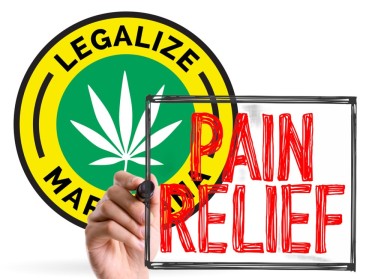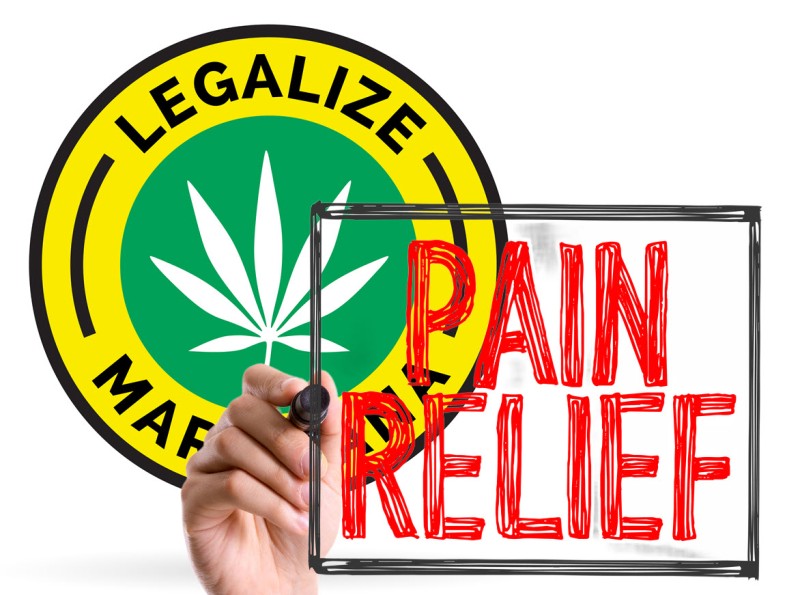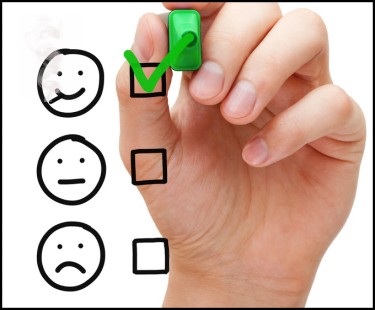
The number of people using medical cannabis to address health issues is increasing. A recent study has shed more light on this growing trend.
Research conducted by experts at the University of California Los Angeles indicates that one in six primary care patients (17%) surveyed reported using cannabis primarily for medical reasons, even though they described it as recreational use. The study also found that a third of participants (34.7%) showed signs of moderate to high risk for cannabis use disorder.
This cross-sectional study, involving 175,734 patients and published last week in JAMA Network Open, asked, "What is the prevalence of past 3-month cannabis use, and what are the reasons for use among patients in a large health system?"
Interestingly, the number of people who consider themselves medical cannabis users is low.
"While most patients (76.1%) reported using cannabis to manage a health symptom, very few patients identified as medical cannabis users," the researchers noted.
They emphasized that "given the high rates of cannabis use, especially for symptom management, and the high levels of disordered use, it is essential that health care systems implement routine screening of primary care patients."
Fruit-Flavored Weed Strains Lead the Demand
Meanwhile, a separate survey conducted by the cannabis company NuggMD has revealed that fruit-flavored weed strains are in the highest demand. This survey found that one in four marijuana consumers use cannabis primarily to treat pain, with a significant preference for strains with fruity flavors. Slightly fewer respondents reported using cannabis to alleviate anxiety symptoms (23%), followed by those using it for stress relief (18%).
The poll, conducted in May, included feedback from 6,500 cannabis users who answered a series of questions about their habits and preferences regarding cannabis use.
A substantial portion of respondents (48%) indicated they use cannabis "anytime," while a notable segment (29%) preferred to use it in the evening.
As cannabis continues to become more mainstream, the latest regulatory changes around the plant are not surprising. Additionally, the potential rescheduling of marijuana could further advance research into its uses and benefits.
Rising Need for Routine Screening in Healthcare Systems
The report emphasizes how important it is for healthcare institutions to regularly screen for cannabis usage. Healthcare professionals need to be aware of their patients' cannabis usage to provide complete treatment, as a sizable number of patients use cannabis to manage health issues. Numerous patients reported taking cannabis for stress relief, anxiety reduction, and pain management—often without thinking about it as a medicinal application. The difference between the perception of cannabis usage for recreational purposes and its real medicinal use highlights the need for healthcare providers to inquire about cannabis use when seeing patients aggressively.
Routine screening can assist in identifying people who are at risk of developing cannabis use disorder. With more than a third of the study's participants exhibiting indicators of moderate to high risk for this condition, healthcare systems must conduct regular examinations. These screens can help with early detection and intervention, preventing usage from escalating into a condition. Furthermore, knowing patients' cannabis usage patterns might help healthcare practitioners create more effective, tailored treatment programs that take into account all elements of a patient's lifestyle and drug use.
Improved communication between patients and providers can also be facilitated by including cannabis usage testing in basic care. Because of the stigma or concern about being judged, many patients might not willingly admit that they use cannabis. Healthcare practitioners may establish a more transparent and trustworthy atmosphere by including these conversations in standard examinations. This method improves the care of each patient individually while simultaneously advancing our knowledge of cannabis usage patterns and how they affect the health of a larger group of patients.
Furthermore, routine screening data may be used by healthcare systems to guide public health policies and activities. Healthcare professionals may make significant contributions to the continuing study and discussion around cannabis use and regulation by methodically gathering data on patients' reasons for and methods of cannabis usage. These understandings can help legislators craft laws that encourage responsible and safe cannabis use, improving public health outcomes in the process.
Evening Use Dominates Among Cannabis Consumers
One important result from the NuggMD poll is that users prefer to use cannabis in the evening, with roughly 29% of respondents saying they use it mostly at night. This trend demonstrates how people are incorporating cannabis into their everyday lives, frequently as a way to decompress and rest after a long day. When cannabis is used in the evening, users may still benefit from its medicinal properties—such as pain and stress relief—without getting in the way of their day obligations.
This pattern of nighttime usage corresponds to the top three reasons many people use cannabis: pain treatment, anxiety relief, and stress reduction. For people suffering from chronic pain or anxiety, the evening may be tough as the day's activities come to a close and the mind becomes preoccupied with agony or worry. Using cannabis in the evening alleviates these sensations while also encouraging greater sleep and general relaxation. The predilection for fruity-flavored strains, which are generally recognized for their soothing qualities, contributes to the nighttime usage trend by allowing users to acquire a sense of calmness.
The shift in cannabis usage into the evenings is also indicative of larger cultural shifts in cannabis acceptability and perception. Cannabis usage is becoming more widely acknowledged as a regular way to unwind after work or other everyday activities as it becomes more widely available and socially accepted. This transformation is brought about by changes in the law that facilitate easier access to cannabis as well as the expanding body of research that supports the plant's medicinal properties. As a result, cannabis usage in the evenings may increase and become more ingrained in many people's daily lives.
Bottom Line
The landscape of cannabis use in America is rapidly evolving, with one in six Americans turning to marijuana, predominantly fruity-flavored strains, for pain relief and other health concerns. This trend underscores a significant shift towards cannabis as a medical option, despite many users initially categorizing it as recreational. The findings highlight a crucial need for healthcare systems to implement routine screening for cannabis use, given its prevalence and potential risks of use disorder. Moreover, as regulatory frameworks continue to adapt, including potential rescheduling, there is a growing opportunity to advance research and public health initiatives surrounding cannabis. Understanding and addressing these dynamics will be essential for optimizing patient care, promoting responsible use, and shaping future policies effectively.






